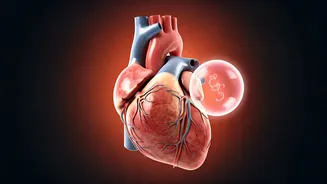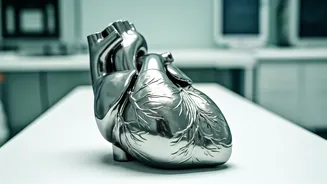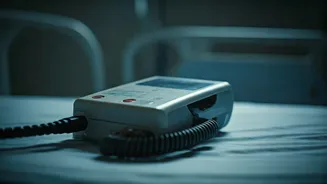Other Common Symptoms
Distinguishing between gas and a heart attack involves recognizing additional symptoms beyond chest pain. Gas typically causes bloating, burping, and flatulence,
with pain that might shift and isn't usually accompanied by sweating or nausea. Conversely, heart attack symptoms often include cold sweats, nausea, vomiting, and breathlessness, often alongside the chest discomfort. The symptoms of a heart attack could radiate to the arm, jaw, or back. Being aware of these distinct accompanying symptoms can aid in initial differentiation. However, it’s critical not to self-diagnose. Always consult a medical professional if you suspect heart-related problems.
Pain's Nature, Location
The characteristics of the pain itself offer significant clues. Gas pain usually feels sharp, cramping, or like pressure. It can be localized and changes in intensity. Pain from a heart attack, however, may feel like a crushing, squeezing, or heavy sensation in the chest. The pain's location is also key. Gas pain is often felt in the abdomen or lower chest, whereas a heart attack typically brings pain to the center or left side of the chest. Recognizing these differences in how and where the pain presents is important, but remember, pain can present differently for everyone, so professional evaluation is always advised if you are unsure.
Duration and Relief
The duration and any factors that alleviate the pain can also provide clarity. Gas pains usually come and go, with episodes lasting for a few minutes to a few hours at most. The discomfort often resolves with passing gas, a change in position, or use of over-the-counter remedies. Conversely, the pain associated with a heart attack tends to persist, lasting for more than a few minutes, and generally, doesn't get better with rest or typical remedies. Understanding how long the pain lasts and whether anything provides relief can help you quickly determine if you should seek medical attention. If chest pain continues, is severe, or is accompanied by other concerning symptoms, consult a doctor right away.
When to Seek Help
Knowing when to seek emergency help is crucial when differentiating between gas and a heart attack. Severe chest pain, particularly if accompanied by difficulty breathing, sweating, nausea, or pain radiating to the arm, jaw, or back, warrants immediate medical attention. Any chest pain that lasts longer than a few minutes, even if less severe, should not be ignored. It is important to err on the side of caution. Delaying medical care in the event of a heart attack can be dangerous. If you are in doubt, or notice any of the concerning symptoms mentioned above, call for emergency medical services promptly.
Confirming Diagnosis
If you experience symptoms that could indicate a heart attack, a series of tests will be performed to confirm the diagnosis. These often begin with an electrocardiogram (ECG), to check for any electrical changes in the heart. Blood tests can also look for specific cardiac enzymes, like troponin, that are released when the heart muscle is damaged. Additionally, imaging tests, such as an angiogram, may be used to visualize the coronary arteries and check for blockages. These diagnostic tools enable a medical team to assess the condition quickly and accurately, so that if a heart attack is confirmed, treatment can begin as soon as possible.





